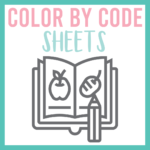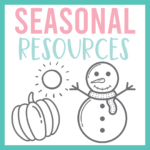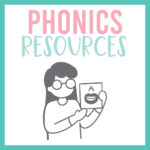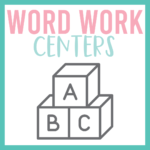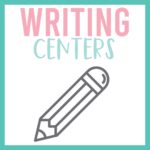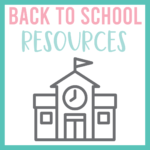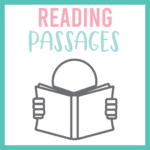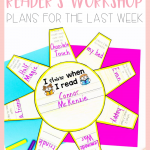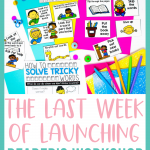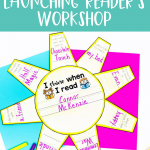Let’s talk about our last week of launching reader’s workshop! Some of these lessons take multiple days, so this last week of launching could actually take a little of the following week as well.
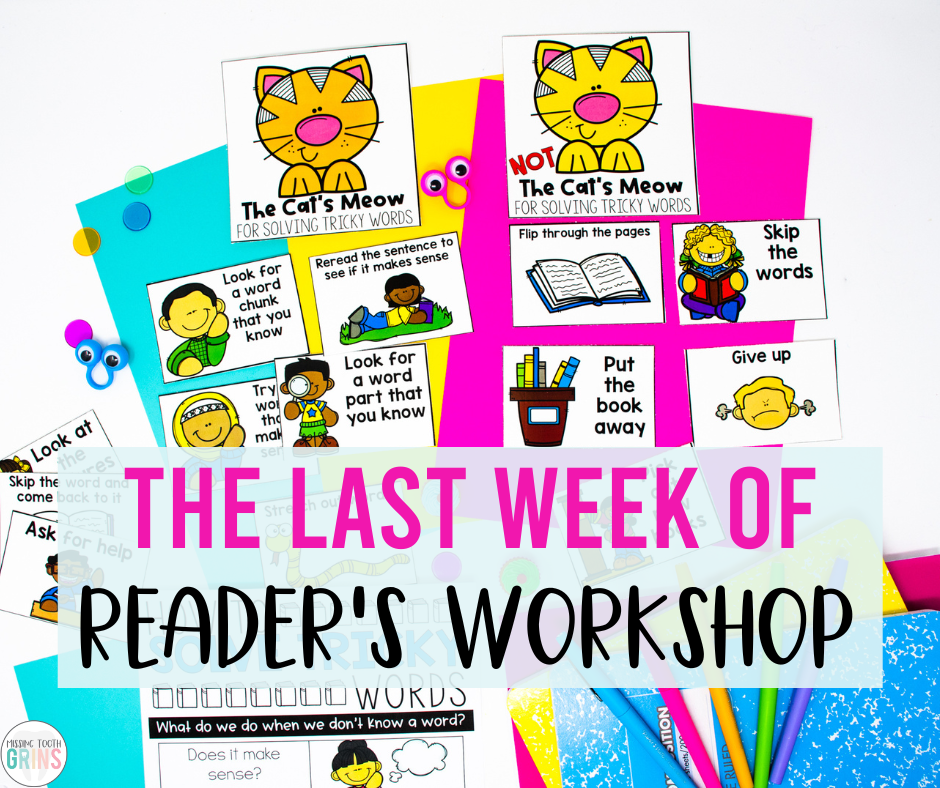
In case you missed it, make sure to check out our past two blog posts about launching the first week of reader’s workshop.
Lesson #1: Reading With A Partner
This lesson will probably take 2-3 days, depending on your class. In this lesson, students are learning what it looks like and sounds like to read with a partner. They learn how to take turns reading and how to check their partner’s understanding of the text. Students will also learn what partner talk sounds like.
Some examples of partner talk:
- How did the character change throughout the story?
- What was your favorite part?
- How did you feel when…?
- What did you think of the setting?
By asking their partners about the text, they also will be furthering their comprehension of the text.
Lesson #2: Solving Tricky Words
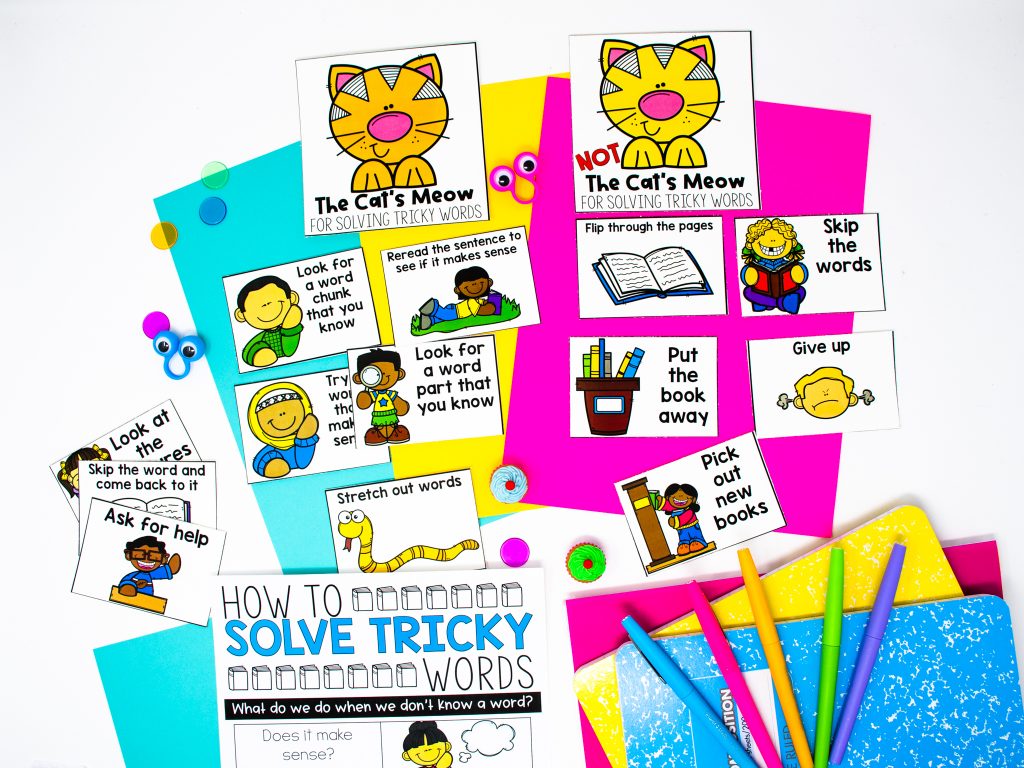
When students are reading, it is inevitable they will come across some tricky words that they don’t know. It’s important to teach our students what to do when they come to an unfamiliar word.
Students should think:
- Does it make sense?
- Does it look right?
- Does it sound right?
- How can the pictures help me?
This lesson involves a sort that the class does together to discuss things that we can do to solve tricky words versus things that we shouldn’t do. For example, stretching out the word is a great strategy for solving an unknown word, but giving up is not a good strategy.
Lesson #3: How To Ask Questions
It is important for our students to know how to ask questions while they read. Asking questions is an important comprehension skill that you will teach later on in the school year, but giving a kids a foundation to build on is vital. In this lesson, you’ll want to teach the difference between a question and a statement. You also will be teaching them different kinds of questions to ask yourself (or a reading partner) while you read.
Some examples of questions are:
- Who are the characters in the story?
- Where did the story take place?
- What was something the character did that surprised you?
- Why did the story take place here?
Lesson #4: How To Write About Your Reading
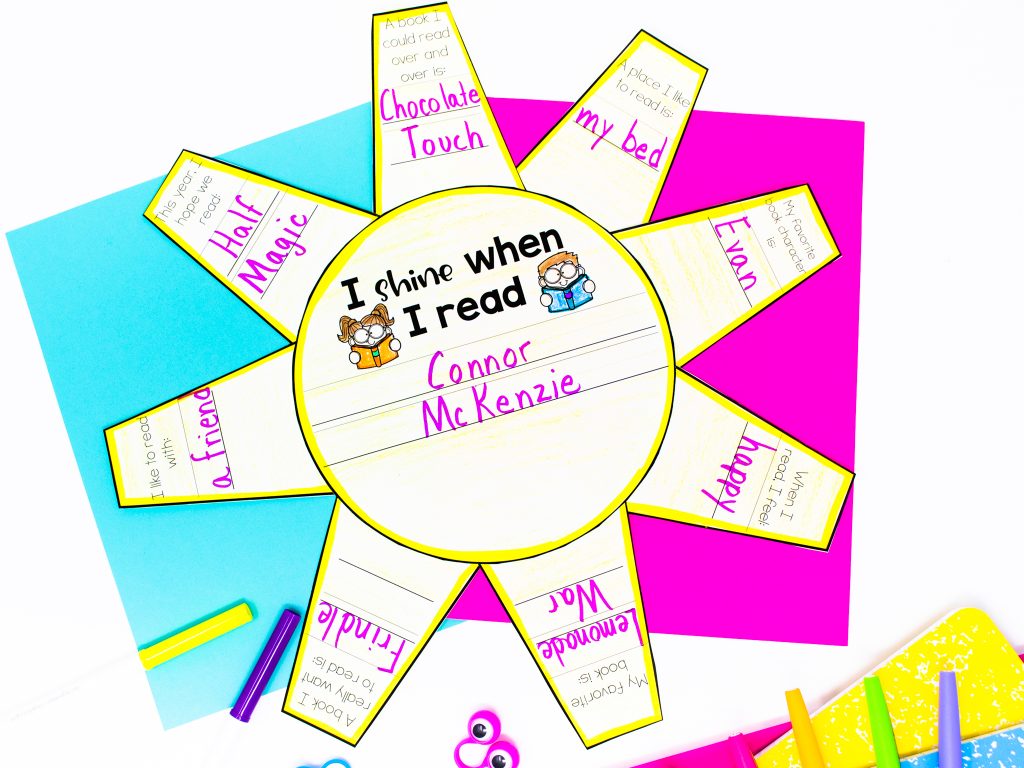
Writing about our reading helps us check for understanding and helps us remember the story better. In this lesson, you will be teaching your students how to write about their reading. You will want to teach them some different thinking stems to get them started. A great tool to have in your classroom would be having the thinking stems up in the room somewhere for students to reference. Our Launching Reader’s Workshop Unit also includes a reading response journal with different thinking stems included.
Examples of thinking stems:
- This book reminds me of…
- My favorite part…
- I wonder why…
- After reading the book, I felt…
Need More Reading Ideas?
Check these out!
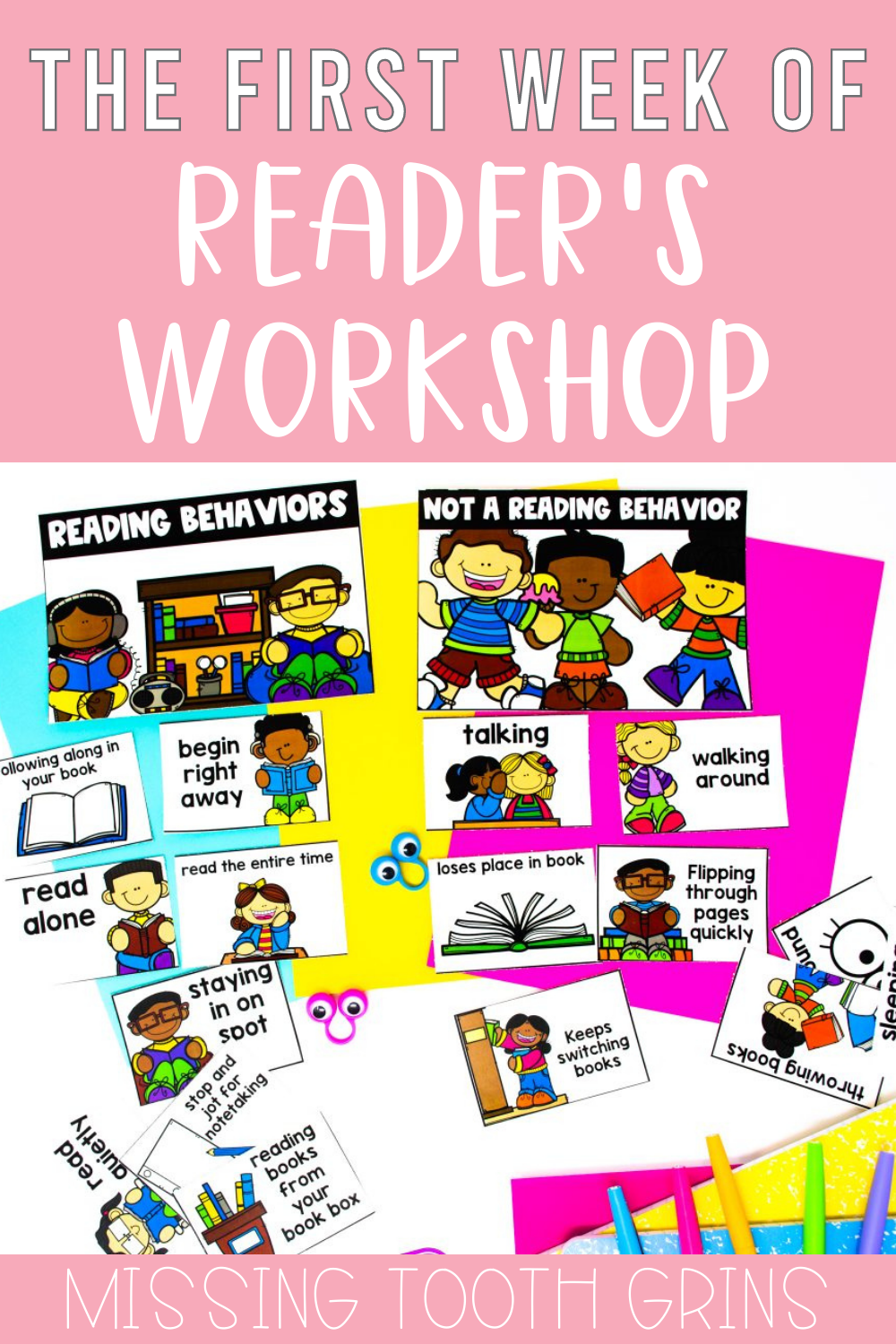
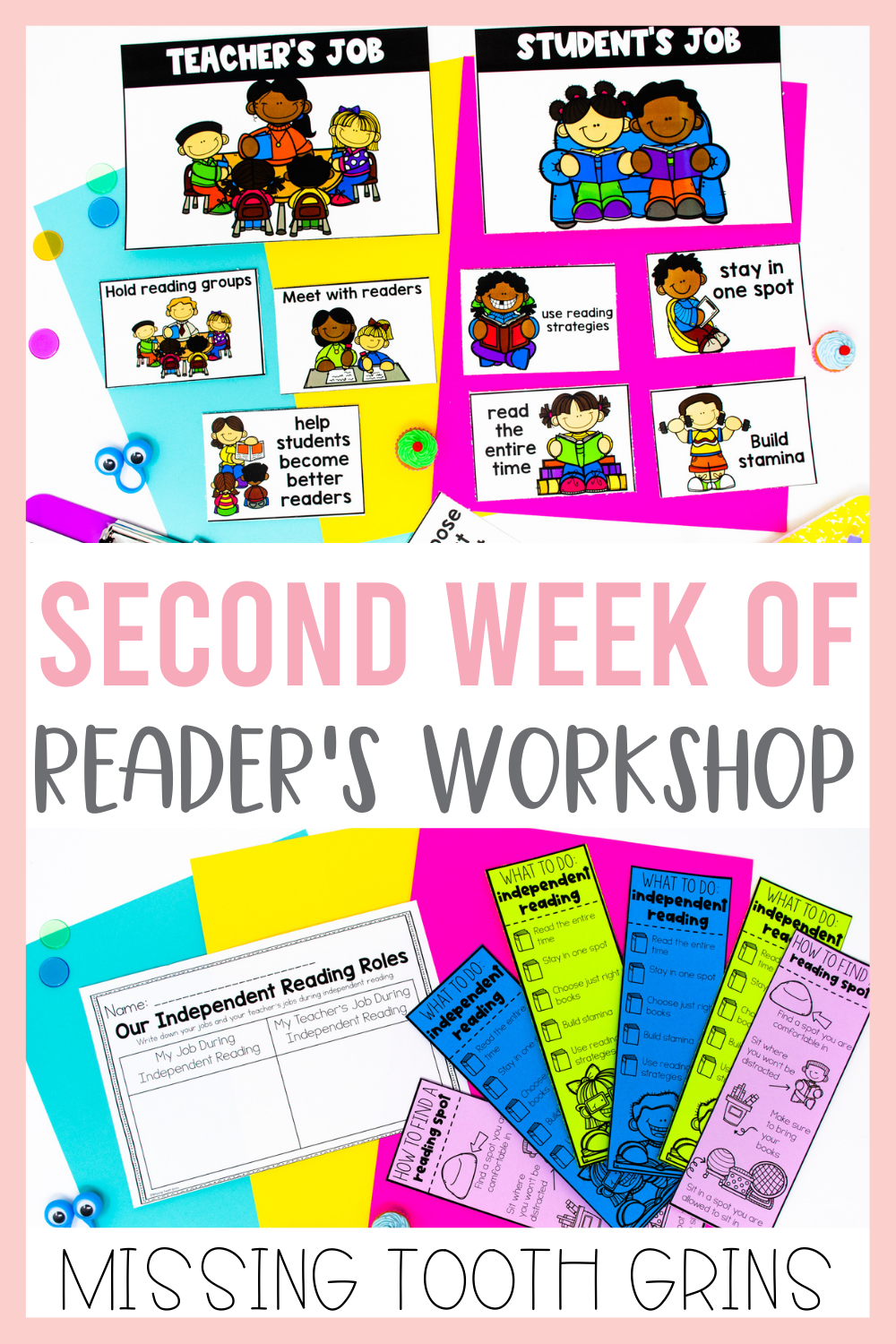
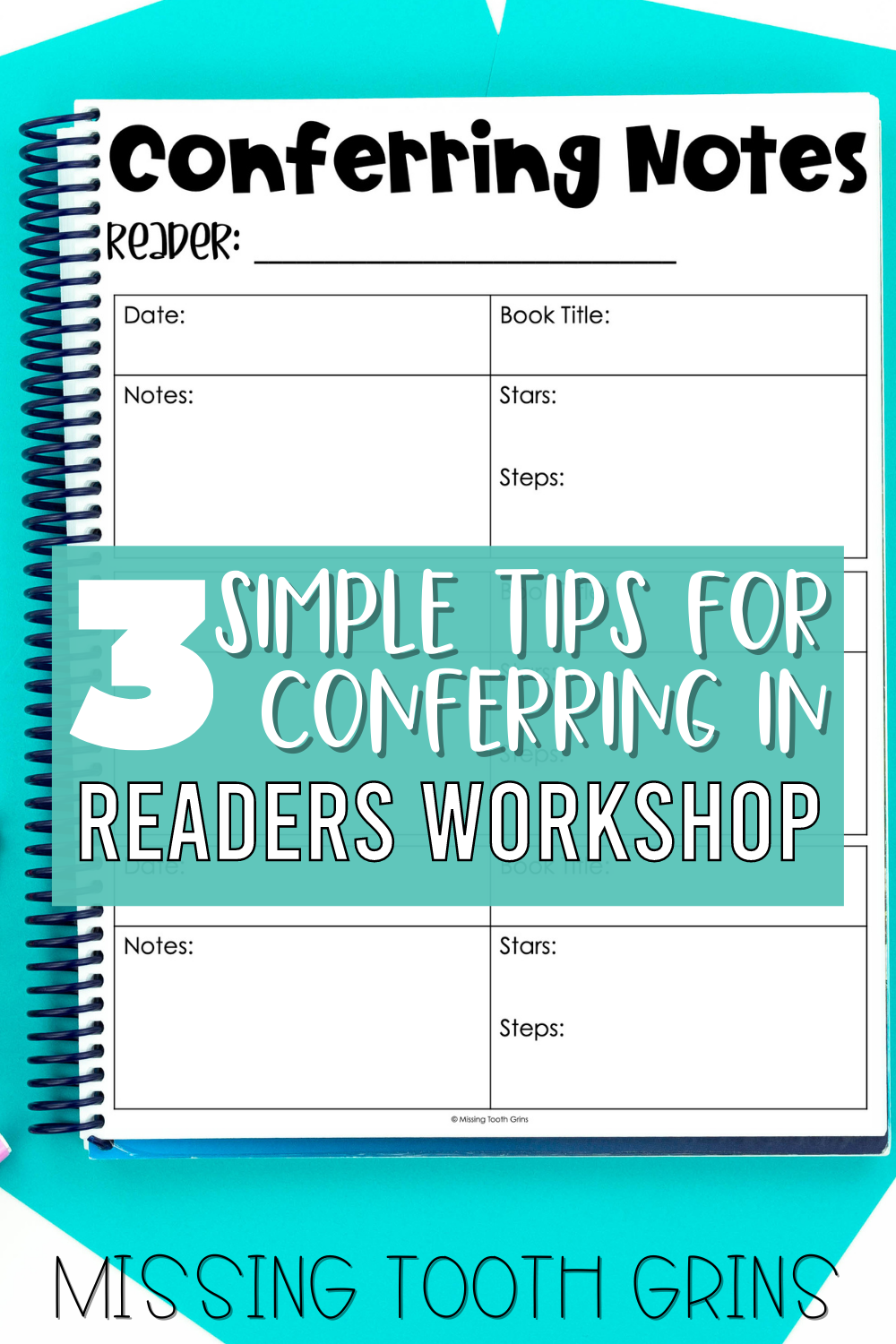
Download Your Free Reader’s Workshop Starter Kit!
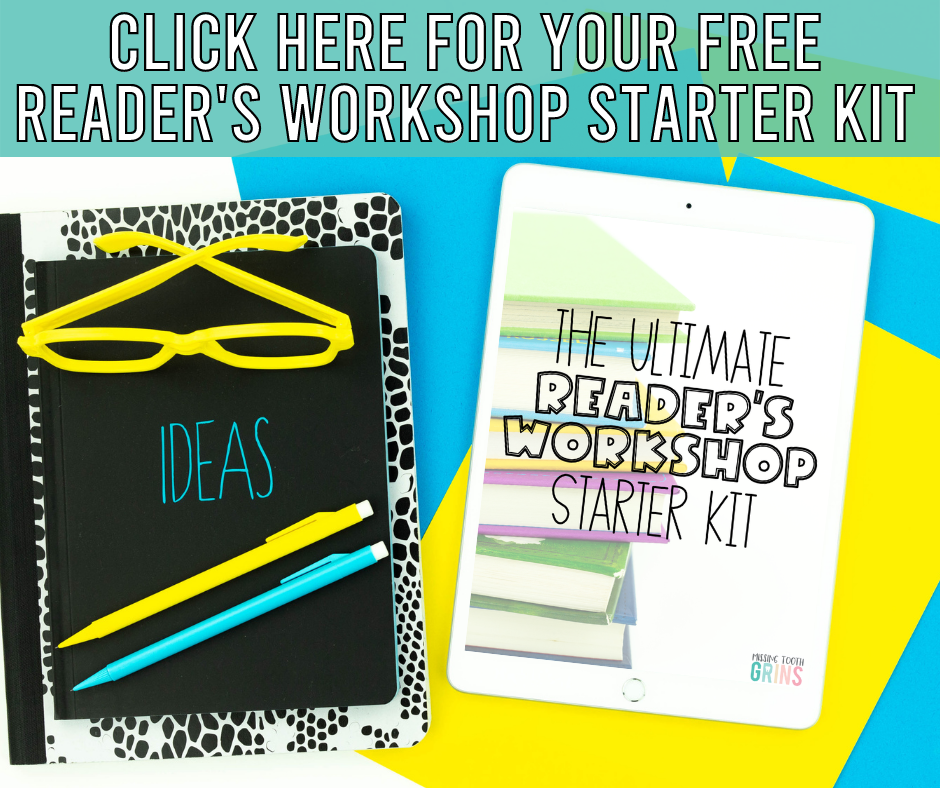
Plan Your Entire Reader’s Workshop Launch
You can grab our entire reading unit for launching reader’s workshop right here. Get your planning time back with these fun engaging activities!
Click here to grab it on Teachers Pay Teachers.
Click here to get it right at our Missing Tooth Grins store!

